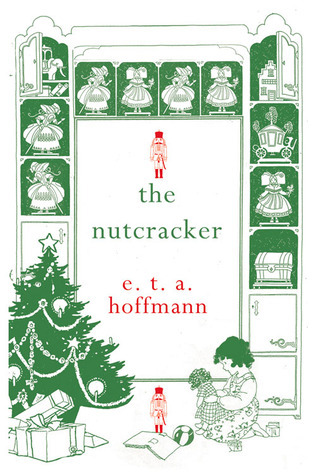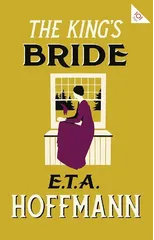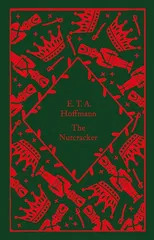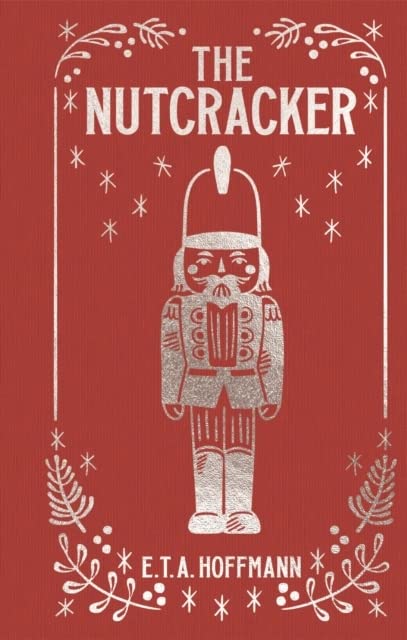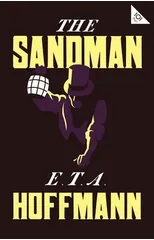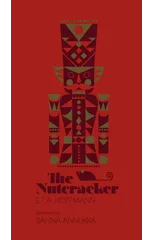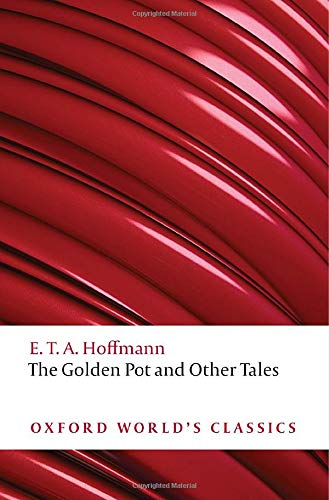It is Christmas Eve and little Marie has tired of her new presents, happily playing with a nutcracker instead. So when her brother Fritz breaks it, she is horrified, tenderly bandaging the little nutcracker with her ribbon and putting him to bed. When the clock strikes midnight, Marie is stunned to see an army of mice advancing, led by a seven-headed Mouse King. Her very own nutcracker leads the dolls and toys against the mouse army and a violent battle ensues. Just as the nutcracker looks like he might lose, Marie throws her shoe at the mice, and injures herself as she falls over. When she wakes up, her arm is bandaged but nobody will believe her unlikely tale. Soon after, her godfather comes for a visit and tells her the story of the nutcracker. As the tale unfolds, Marie learns about the ongoing feud between the mice and their enemy Princess Pirlipat. It sounds fanciful, but could it be true? And if the fairy tale is true, shouldn't there be a Prince Charming in the offing for Marie?
E.T.A. Hoffmann
E.T.A. Hoffmann (1776-1822) was a German author, composer, and illustrator known for his Gothic and fantasy literature. His most notable works include "The Nutcracker and the Mouse King," which later inspired Tchaikovsky's famous ballet, and "The Sandman," a story that explores themes of madness and obsession.
Hoffmann's writing style is characterized by its blend of fantasy, horror, and the supernatural, often featuring elements of dream-like storytelling and psychological depth. His works have had a significant impact on the development of the horror and fantasy genres, influencing writers such as Edgar Allan Poe and Franz Kafka.
Overall, E.T.A. Hoffmann's contributions to literature lie in his ability to create intricate and imaginative worlds that delve into the darker aspects of human nature, leaving a lasting legacy in the realms of Gothic fiction and fantasy literature.
